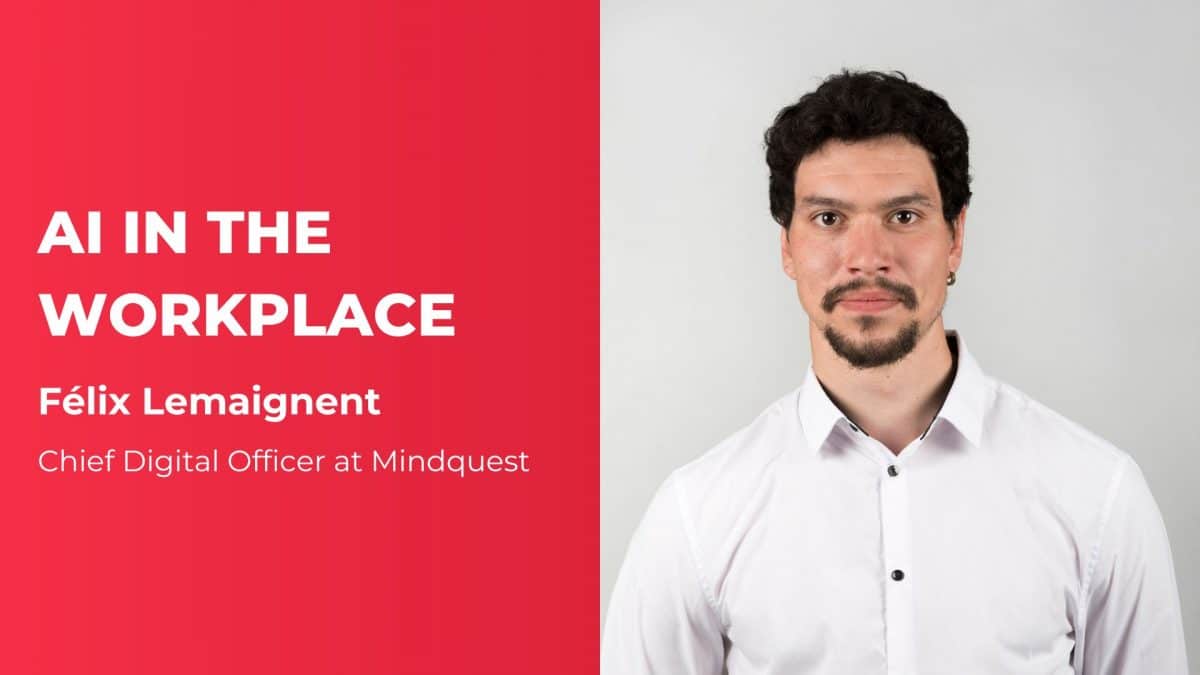Are you passionate about IT jobs but lack a degree in the field? Don’t panic! It’s entirely possible to find a job in IT without a degree. Practical skills and motivation are often more important to employers than academic qualifications. In this article, discover how to land an IT job without prior degrees.
Find your next assignment on our freelance and permanent IT recruitment platform, or join Mindquest so you don’t miss out on any job opportunity!

Identifying IT Job Opportunities
In-Demand Skills
To secure a job in IT, you must possess specific key skills relevant to the sector. Among the most important are programming skills, which include knowledge and mastery of languages like HTML, CSS, JavaScript, Python, or Java.
You should also have an understanding of networking concepts and security. The ability to conduct data analysis is another essential skill for landing a job in IT, requiring proficiency in tools like Excel, SQL, or Python. Lastly, don’t forget technical support skills, as you will need problem-solving abilities for common IT issues.
Types of IT Jobs
While general skills, like those mentioned above, are important for getting an IT job, you should specialize by choosing the type of job you want to pursue. There is a wide variety of IT jobs, and it can be challenging to navigate.
Here are some examples of IT positions you can aim for as you start your job search:
- Web Developer: Create and maintain websites.
- Technical Expert: Help users resolve their IT issues.
- Systems and Network Administrator: Manage and secure corporate networks.
- Data Analyst: Analyze and interpret data to help businesses make decisions.
- Cybersecurity Consultant: Protect systems and data from cyberattacks.
Training and Certifications
Once you’ve defined which area of IT you want to work in, it’s time to start your specialization. For that, it’s important to undergo training.
Online Training The first step is to train to gain the necessary academic skills. Many accessible and often free online courses are available for IT training.Here are a few platforms we recommend:
- OpenClassrooms: Offers courses in various IT fields.
- Coursera: Provides courses created by recognized universities and companies.
- Udemy: Features thousands of IT courses, often at discounted prices.
- Codecademy: Ideal for learning programming languages.
Also, check out Khan Academy for basic IT and programming courses, and W3Schools for web development learning. GitHub can also be useful for practicing and sharing your programming projects.
Also, discover the best SAP consultant training.
Certifications for IT Jobs
After completing one or more training programs, we recommend confirming your skills by obtaining a certification. This will validate and demonstrate your abilities to recruiters.
Here’s a list of relevant certifications you can pursue:
- OpenClassrooms Certificate: Various courses with certificates upon completion.
- Google IT Support Professional Certificate: A comprehensive training program in IT support.
- CompTIA A+: A foundational certification in IT support and networking.
- Cisco Certified Network Associate (CCNA): A certification in network management.
- Certified Ethical Hacker (CEH): For those interested in cybersecurity.
Standing Out to Employers to Land an IT Job
Once you have enough to fill your resume in terms of training and skills, it’s time to dive into the job search phase.
Create a Portfolio
A well-organized portfolio can make all the difference. To create an effective one, showcase your skills through personal projects, such as a website you built or an application you developed. Additionally, participate in open-source projects on GitHub to demonstrate your ability to work in teams and solve real-world problems.
Furthermore, write articles on technical topics in a blog, showing not only your understanding but also your passion for the field. By combining these elements, your portfolio will become a powerful tool to enhance your application and prove your practical skills to employers.
Write a CV and Cover Letter
To land a job in IT, your CV must be clear and concise. Highlight your skills by listing the programming languages and tools you are proficient in. Also, mention any practical experience, even if unpaid, and include the projects you’ve completed in your portfolio.
For the cover letter, customize each letter for every job application. Show your motivation by explaining why you want the position and how you can contribute. Discuss your personal projects and what you learned while working on them. Moreover, don’t hesitate to provide quantifiable examples, as this will resonate directly with recruiters.
By following these tips, you can create an effective CV and cover letter that will attract employers’ attention.
Network and Apply to Find an IT Job
To optimize your chances of landing an IT job, networking and effective job applications are crucial. Create a professional profile on LinkedIn and connect with people in the industry to expand your network. Also, participate in forums and groups on sites like Reddit or Facebook, where you can share advice and opportunities with other IT enthusiasts. Finally, attend job fairs and tech events to meet employers directly and learn about job openings.
By combining these approaches, you will significantly increase your chances of finding an IT position.
Also read 6 Simple Steps to Improve Online Visibility as an IT Professional
Conclusion
Finding a job in IT without a degree is entirely possible with the right strategies. Focus first on acquiring practical skills, obtaining certifications, and creating a professional portfolio. Finally, network and stay motivated. With determination and effort, you can land your dream job in IT. Good luck!
Need tips on how to find a job in IT? Check out our IT job hunting guide.









